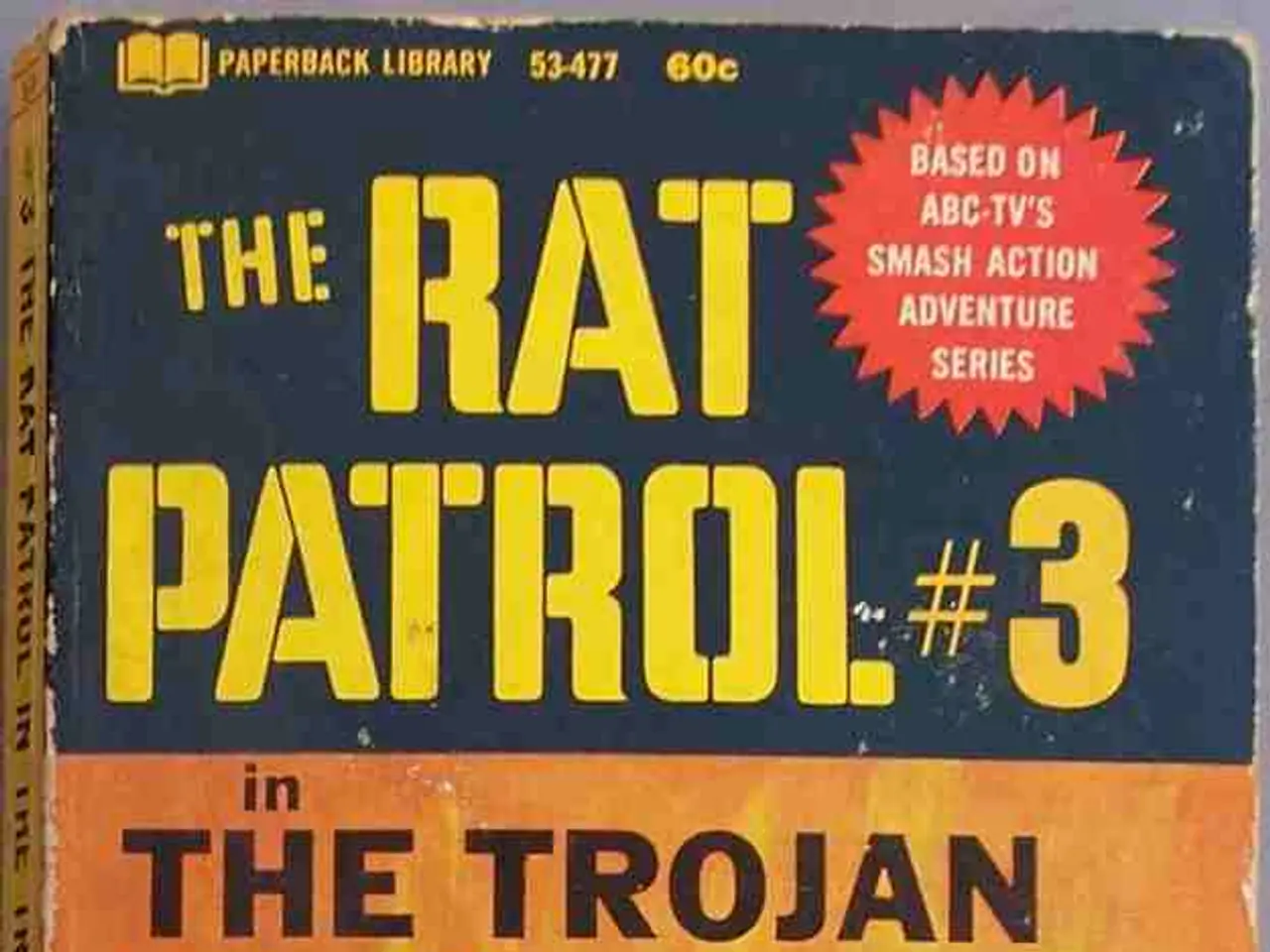Delve into the concealed World War II espionage cabal, teaching women lethal hand-to-hand combat techniques
During World War II, the Special Operations Executive (SOE) was a clandestine British organisation established in July 1940, with a mission to conduct espionage, sabotage, and guerrilla warfare behind enemy lines in Nazi-occupied Europe. Notably, SOE took the unprecedented step of training female agents in combat techniques, a move that was rare in that era.
**History and Role of Female SOE Agents:**
The SOE aimed to "set Europe ablaze," supporting resistance movements by providing sabotage expertise, intelligence gathering, and direct action capabilities. Women were fully integrated into this effort, receiving training to kill with their bare hands and perform other combat-related skills to operate covertly behind enemy lines.
**Training and Combat Techniques:**
Women trained by SOE were skilled in espionage tradecraft and various combat techniques such as silent killing methods, use of firearms, sabotage, and survival skills. This training was rigorous, designed to prepare them for dangerous missions deep in enemy territory. These agents also learned disguise, wireless operation, intelligence gathering, and how to organise and lead resistance cells.
**Notable Female SOE Agents:**
Virginia Hall, the first female SOE agent to establish a long-term residence in France (arriving August 1941), created the Heckler network in Lyon and played a crucial role in coordinating resistance activities, using disguise and subterfuge to evade capture. Pearl Witherington joined SOE in 1943 and led thousands of French Resistance fighters in armed battle against the Nazis, ultimately overseeing the surrender of 18,000 German troops at war’s end. Violette Szabo, armed with a Sten gun and trained for resistance combat, fought fiercely against German troops after a mission was compromised, demonstrating the rigorous combat and survival training SOE women received.
**Impact and Legacy:**
Female SOE agents were instrumental in sabotage operations and intelligence work that significantly disrupted Nazi operations across occupied Europe. Their courage and effectiveness challenged norms and expanded the role of women in military operations. Former Prime Minister Winston Churchill authorised the SOE’s creation as a response to the desperate circumstances of 1940 Britain, and its inclusion of women trained in deadly skills was a significant innovation in wartime espionage and irregular warfare.
Training took place in remote country houses across Britain, including Arisaig House in the Scottish Highlands. The life expectancy of a wireless operator in SOE was six weeks due to German interception and triangulation. SOE was responsible for the successful Operation Postmaster in 1942, which disrupted Axis supply lines. SOE contributed to several strategic victories, including the planning of D-Day and empowering local resistance fighters across Europe. Women's exclusion from census lists for forced labour in occupied countries made them valuable as undercover agents.
Many SOE agents had to carry false identity papers, miniature explosives, and radio sets disguised as everyday items. The Special Operations Executive (SOE) was disbanded in 1946, months after Churchill left office, due to its secret and politically sensitive nature. Vera Atkins, a senior intelligence officer in SOE, made it her mission to trace the fate of missing agents after the war.
SOE's toolkit included unconventional devices such as exploding rats, incendiary cigarettes, daggers hidden in hatpins, and the Wellrod pistol. Women in SOE were taught sabotage techniques, marksmanship, wireless operation, and deadly close-combat methods. Women often joined SOE through less conventional means, such as knowledge of foreign languages. Most women recruited in SOE were trained for roles as wireless operators or couriers. 12 out of the 13 known missing female SOE agents were in the concentration camp system and either executed or died due to their treatment.
In summary, the history of female agents trained by the SOE during WWII marks a pioneering chapter in military history. These women were expertly trained in clandestine combat and espionage techniques, undertook perilous missions, and played a decisive role in the Allied war effort through sabotage, resistance leadership, and intelligence gathering.
- The unprecedented training provided by the SOE to female agents during World War II expanded the role of women not only in military history but also in science, as these agents were taught detailed yet unconventional tools and techniques such as the use of exploding rats and incendiary cigarettes.
- The inclusion of female agents in the SOE's mission during World War II was a significant factor in health-and-wellness and fitness-and-exercise, as these women were trained in deadly close-combat methods, marksmanship, and survival skills, ensuring their physical preparedness for dangerous missions.
- The political implications of the SOE's decision to train female agents in combat techniques became apparent during and after World War II, as their courage and effectiveness in sabotage operations and resistance leadership challenged norms and broadened the scope of women's involvement in politics and general news.




